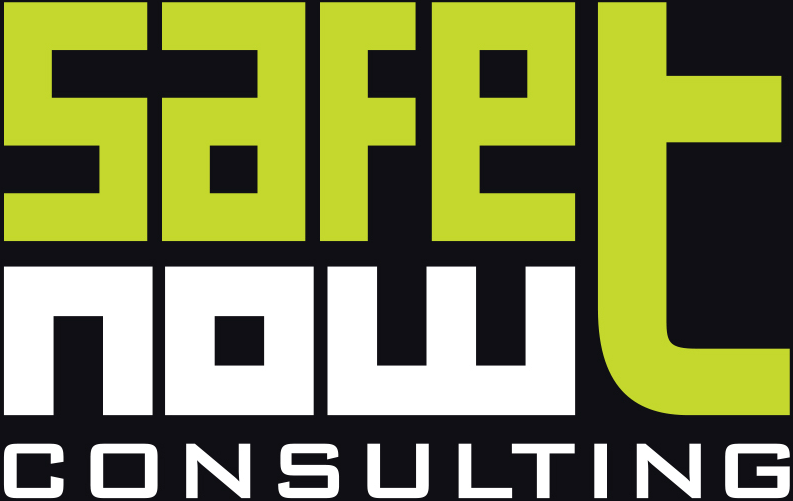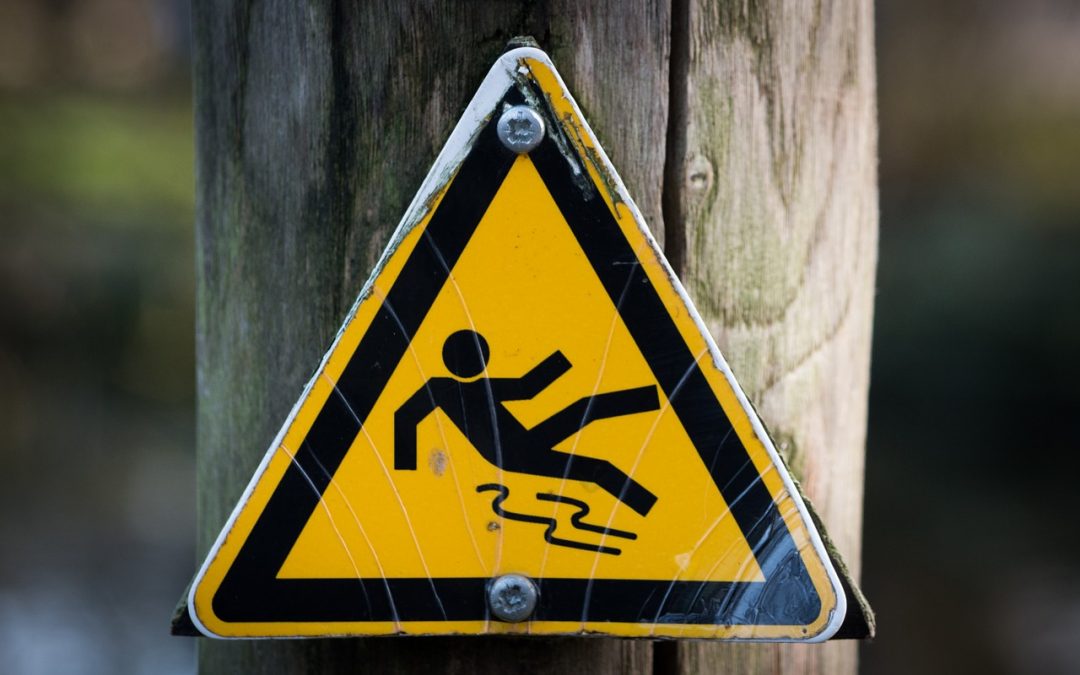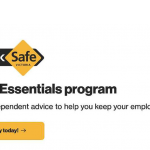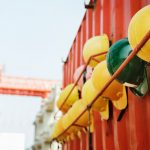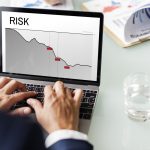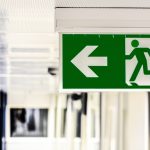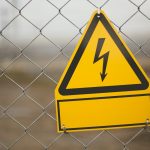Slips, trips and falls may seem innocuous in terms of work health and safety risk however, the converse is true. Slips, trips and falls account for a substantial number of workplace incidents across Australia on an annual basis. Slips, trips and falls can occur at the entry to a building, within an office environment, in a cold room, a warehouse and on the manufacturing floor. The consequences of workplace slips, trips and falls in general workplace environments can range from minor strain and sprain injuries to serious musculoskeletal injuries including, broken bones, disc injuries to the lower back or neck, serious cuts and burns. In a manufacturing environment, the risks associated with slips, trips and falls can be devastating. Slips, trips and falls in a manufacturing environment may expose a worker to moving machine components (risk of entanglement/entrapment), a fall from one level to another/or from a height (risk of slip/trip from raised platform/walkway) or impact with sharp/hot surfaces. In this article, we will explore the risk associated with slips, trips and falls in a manufacturing environment and explore some of the risk management options that employers must consider in order to control the risk associated.
Let’s review why slips, trips and falls occur.
Slips occur when there is a loss of grip between a person’s shoe and the ground surface. The causes may be slippery floor surfaces (highly polished floor or floor contaminants (i.e. water, grease).
Trips occur when a person unexpectedly catches their foot on an object, low obstacle or uneven surface, causing a loss of balance. Common examples of tripping hazards are uneven surfaces, lips/rises on surfaces, uneven edges on flooring or matting and electrical leads located on the ground.
Falls may result from a slip or trip but, may also occur due to a fall from a small height such as steps, stairs, curbs or falling into a hole or ditch.
Source: SafeWork Australia (2012): Fact Sheet – Slips and Trips in the Workplace.
So, what must employers do to manage the risk?
Employers have a primary duty to provide and maintain a workplace that is safe and without risk so far as is reasonably practicable. Although this duty is broad, it requires a business to have a clear understanding of the hazards that exist due to its operations including, the risk posed by slips, trips and falls.
Hazard Identification
Hazard identification is often one of the hardest processes in the management of the risk posed by slips, trips and falls. This is often due to risk perception. Liquid spills, cracks in flooring surfaces, a change from a dry to wet surface, loose flooring, potholes, electrical leads, worn floor coverings and low light levels are hazards that are often walked past and not recognised as part of a pro-active risk management process. Often, liquid on flooring is walked through, walked around but not reported. Uneven flooring, cracks in flooring surfaces and electrical leads on the ground are also not critically examined for the potential risk that they pose. As such, the process of examining the risk posed by slips, trips and falls is a critical one and one that requires a sound safety culture to ensure that such hazards are identified and not simply walked past. Prompts should be provided to those who perform routine site safety inspections to ensure that slips, trips and falls are considered. Examples include:
- Are work areas prone to contaminants contacting the floor (i.e. water, oil, lubricant, metal/wooden swarf);
- Are there any sudden changes in floor surfaces (i.e. loose granular outdoor ground surface to steel decking);
- Are any ramps present onsite (i.e. smooth steel loading dock, painted concrete surfaces);
- General housekeeping (i.e. are goods stacked in walkways, empty pallets stored in walkways/pedestrian access areas, angle iron/coach bolts/other items that protrude from the floor, extension leads on the ground).
Source: WorkSafe Victoria (2017): Checklist – Preventing slips, trips and falls at work.
Risk Assessment
When examining the risk posed by slips, trips and falls in a manufacturing environment we must examine the potential risk posed by the work environment. Risk is quantified in terms of consequence (the potential injury/illness that may be sustained as a direct result of exposure to a hazard) and likelihood (the likelihood of the consequence eventuating). However, when establishing the risk consequence, we must consider the environment, including what an employee may strike as a result of a slip, trip or fall (i.e. angle iron, moving plant component, hot/sharp items).
Risk assessment may also require specific assessments to be undertaken including slip resistance testing which involves specific testing against:
- AS/NZS: 4586 (2004) – Slip resistance classification of new pedestrian surface materials.
*NOTE: Such assessment assists in the determination of slip resistance properties for new surfaces as well as valuable information on durability which assists employers in the evaluation of slip resistance properties over time.
- AS/NZS 4663 (2013) – Slip resistance measurements of existing pedestrian surfaces
*NOTE: Such assessment of existing floors and surfaces can assist employers to identify a number of factors that may influence the slip resistance of flooring surfaces (i.e. cleaning regime, general maintenance, contamination, deterioration over time, traffic patterns).
Risk Control
When considering risk control options, employers must consider the following methods of control:
- Design
- Floor design
- Minimise floor level changes;
- Avoid sudden transitions in floor surface texture.
- Stair design
- Risers and treads to be uniform throughout flight of stairs;
- Landing introduced every sixteen steps;
- Floor design
- Consideration of the use of handrails.
- Lighting design
- Ensure walkways and staircase have a illuminance of at least 100 lux.
- Drainage design
- Fluid containment (i.e. drainage of fluids at machines or processes);
- Ensure grates where pedestrian access is required are slip resistant.
- Housekeeping
- Procedural based standards to govern storage, containment, cleaning and the reporting of spills;
- Provision of sufficient rubbish/recycling bins;
- Development of housekeeping cleaning schedule that assigns works to assume control of cleaning of their work area(s).
- Training
- Training should include:
- General employer and employee duties;
- Awareness of slip, trip and fall hazards;
- Training should include:
- The identification of effective control measures.
- Personal Protective Equipment
- To be considered only where other measures are not reasonably practicable. Such equipment may include (but is not limited to):
- Slip resistance footwear (including consideration of: shoe sole tread pattern, urethane and rubber soles).
- To be considered only where other measures are not reasonably practicable. Such equipment may include (but is not limited to):
Source: SafeWork Australia (2012): Fact Sheet – Slips and Trips in the Workplace.
In closing, the impact of slips, trips and falls in a manufacturing environment should never be underestimated. Clear direction must be given to all workers, contractors, temporary staff and visitors of the absolute importance to immediately report any slip, trip or fall hazard. The early reporting of slip, trip and fall hazards enables an employer to isolate the hazard (and thus minimise/remove the potential exposure) in the short time, whilst consideration is given to higher level controls where such controls are required.
References:
- SafeWork Australia (2012): Fact Sheet – Slips and Trips in the Workplace;
- WorkSafe Victoria (2017): Checklist – Preventing slips, trips and falls at work;
- AS/NZS: 4586 (2004) – Slip resistance classification of new pedestrian surface materials;
- AS/NZS 4663 (2013) – Slip resistance measurements of existing pedestrian surfaces.
